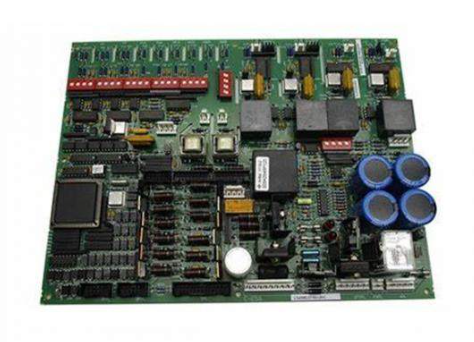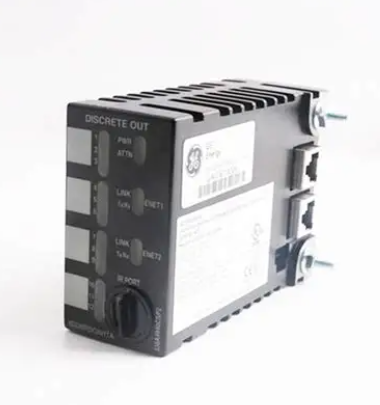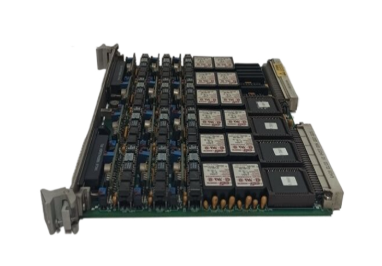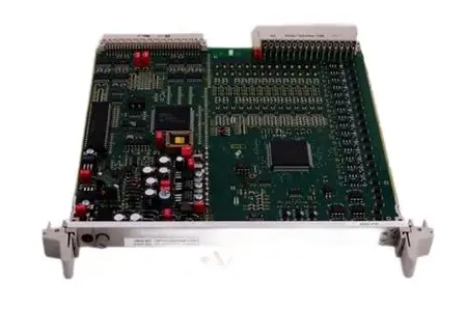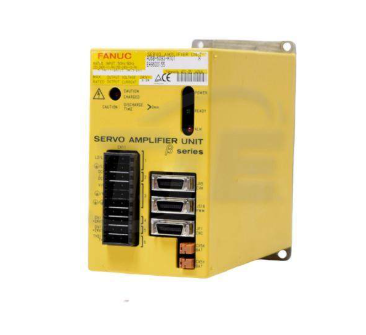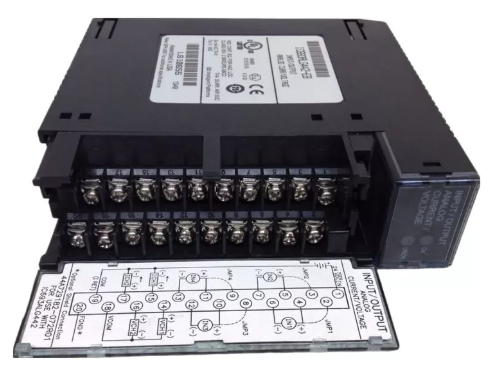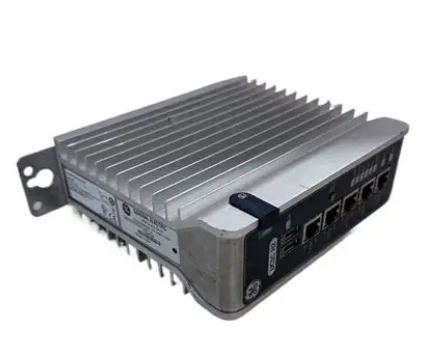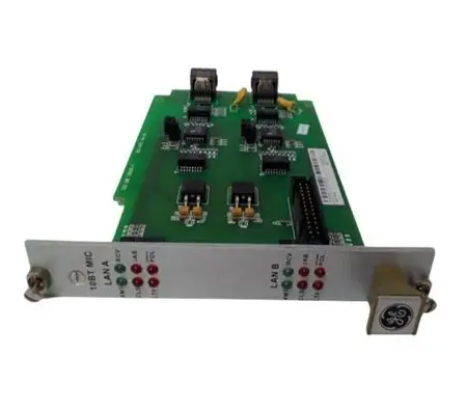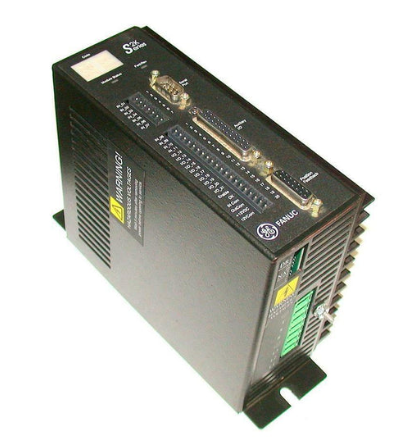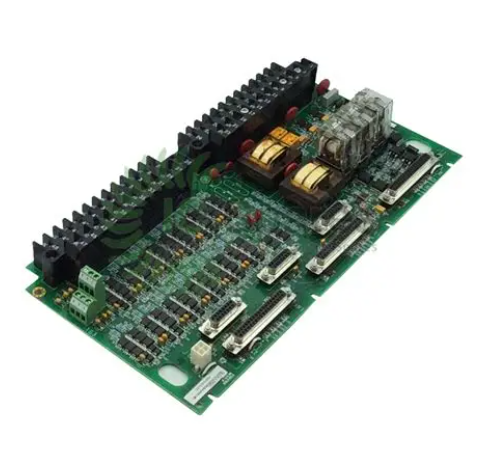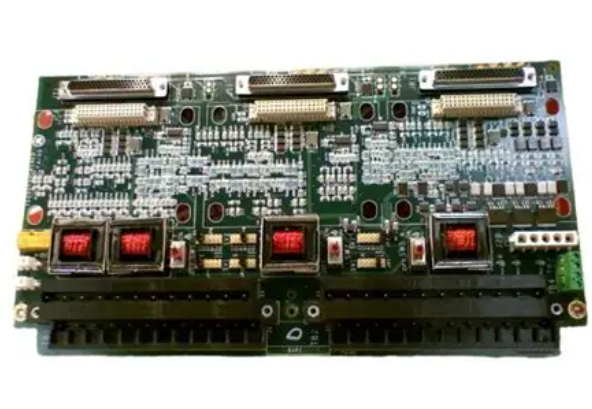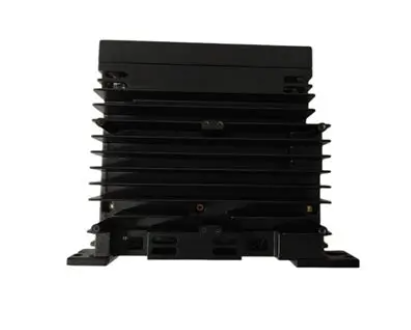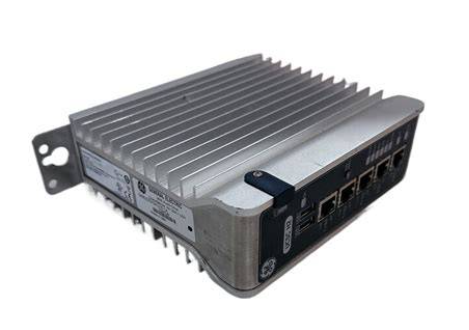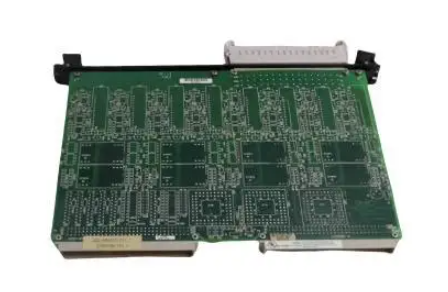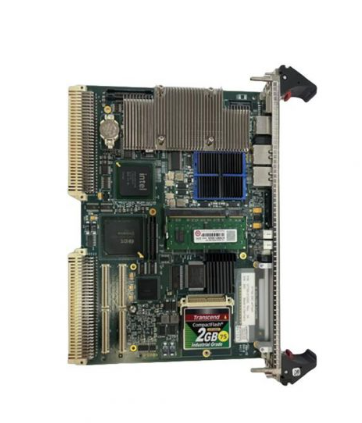GE VMIVME-7695 Single Slot Pentium II Embedded Module Processor
Application areas: Suitable for simulation, instrumentation, industrial control, process control and monitoring, factory automation, intelligent networked PLC controllers, automatic testing, data acquisition, and other fields.
GE VMIVME-7695 Single Slot Pentium II Embedded Module Processor
Basic Product Information
Product type: VMIVME-7695 is a single slot (6U Eurocard format) VMEbus single board computer (SBC) based on the Pentium II processor.
Application areas: Suitable for simulation, instrumentation, industrial control, process control and monitoring, factory automation, intelligent networked PLC controllers, automatic testing, data acquisition, and other fields.
Core configuration and performance
Microprocessor: Adopting Intel Pentium II processor (with MMX technology), with a speed of 333 MHz, 32-bit addressing capability and 64 bit data bus, superscalar architecture allows execution of 3 instructions per clock cycle, as well as dynamic branch prediction unit, independent instruction and data cache, and built-in 512 KB level 2 cache.
Memory configuration: Supports up to 512 MB SDRAM through up to three 144 pin SODIMs, with onboard DRAM and VMEbus dual port connections; Includes 16 MB SanDisk IDE flash memory, with the option of M-Systems' DiskOn Chip flash memory (available in 72, 144, or 288 MB options); Provide 32 KB battery backup SRAM, data can be retained in case of power failure.
Display function: Equipped with a 64 bit S3 Trio 3D AGP SVGA controller, with 4 MB SGRAM, supporting multiple screen resolutions, color counts, and refresh rates, such as 256 to 16 million colors at 640 x 480 resolution, refresh rates of 60-85 Hz, etc.
Interfaces and extensions
Network Interface: Onboard Fast Ethernet Controller (Intel 21143), supports 10BaseT and 100BaseTX interfaces, accessed through the front panel RJ45 connector, includes Lanworks Technologies' remote boot BIOS, supports multiple protocols, but is not compatible with the DiskOn Chip flash option.
Serial and parallel ports: Two 16550 compatible serial ports with 16 byte FIFO, supporting up to 56 Kbps baud rate, using micro DB9 connectors; An enhanced parallel port that complies with the IEEE-1284 standard, comes with a 16 byte FIFO, and can achieve a data rate of 2 Mbyte/s in ECP mode, using a miniature DB25 connector.
Other ports: The front panel has PS/2 style keyboard and mouse ports (including Y-shaped adapter cable), dual USB ports, and small speakers for PC/AT sound output.
PMC Expansion: Supports IEEE P1386 universal mezzanine card specification, with 5V PCI mezzanine card expansion sites. PMC I/O can be accessed through VME64 P2 user-defined pins, supporting multiple commercial PMC modules such as fiber channel, reflective memory, analog and digital I/O.

VMEbus related functions
Interface features: Based on Tundra's Universe II high-performance PCI-to-VME interface, supporting VME64 mode, including A32/A24/D32/D16/D08 (EO)/MBLT64/BLT32, etc.
System Controller: It can be used as a slot 1 system controller, supporting multiple arbitration modes (Round Robin, Single Level, Priority), providing SYSCLK driver, IACK * daisy chain driver, etc. It can automatically detect whether it is inserted into slot 1 and configure it automatically.
Requester and Interrupt: The microprocessor can request and obtain bus control through the VMEbus request line, supporting multiple modes; The interrupt handler can monitor and respond to the VMEbus IRQ * line, and the interrupt generator can issue interrupts through a broken wire in VMEbus under software control.
Byte order conversion: Built in real-time byte order conversion hardware (patent number 6032212), supports small and large data interfaces, and byte conversion for master-slave interfaces is controlled by software.
Master slave interface: The master interface provides 9 independent memory windows for mapping PCI transmission to VMEbus, and the slave interface provides 8 independent memory windows for mapping VMEbus transmission to PCI bus. The window size has corresponding minimum and maximum values, and the slave interface window can work in coupling or decoupling mode.
Featured Features
Timer and watchdog: Three 16 bit timers (compatible with 82C54) that can be mapped in the I/O space and are fully programmable; Software optional watchdog timer, timeout can be configured as board reset, non shielded interrupt (NMI), or no action, and VMEbus * SYSFAIL circuit can also be enabled.
LED indicator lights and buttons: There are 8 LEDs on the front panel, displaying power good status, thermal fault indicator, VMEbus SYSFAIL status, etc; A small reset button that can reset the board, and if the system controller is enabled, it will also generate SYSRESET * on VMEbus.
Enhanced Bus Error Handling: Provides more comprehensive bus error handling capabilities than Universe chips, such as the ability to read the VMEbus address that caused the bus error, support for bus cycle timeouts, and assert bus errors.
Software support
Operating System: Supports multiple operating systems, including Windows NT/Windows 2000, VxWorks, QNX, Solaris, Linux, Lynx OS, etc.
Software package: Provide corresponding Board Support Packages (BSP) for different operating systems, such as VMISFT-7418 (VxWorks), VMISFT-7417 (QNX), etc; There is also the IOWorks software family, such as VMISFT - 9420 VMEbus Access(Windows NT/Windows 2000)、VMISFT - 9450 IOWorks Board drivers, etc.

Physical and environmental parameters
Size: 6U Eurocard format, single slot, height 9.2 inches (233.4 mm), depth 6.3 inches (160 mm), thickness 0.8 inches (20.3 mm).
Power requirements:+5 VDC (± 5%), typical 6.5 A, maximum 8 A;+12 VDC (± 5%), typical 105 mA, maximum 200 mA (when the serial connector is disconnected).
Working environment: Working temperature 0-55 ° C (requires forced air cooling), relative humidity 10-90% (no condensation), mean time between failures (MTBF) 101419 hours (Bellcore standard).
Compatible Products
VMEbus products include floppy/hard disk modules (such as VMIVME-7452), accessory headboards (such as VMIAC-0562), CD-ROM modules (VMIVME-7455), as well as various PMC modules, analog ADCs, analog outputs, digital input/output devices, chassis, and power supplies.

- EMERSON
- Honeywell
- CTI
- Rolls-Royce
- General Electric
- Woodward
- Yaskawa
- xYCOM
- Motorola
- Siemens
- Rockwell
- ABB
- B&R
- HIMA
- Construction site
- electricity
- Automobile market
- PLC
- DCS
- Motor drivers
- VSD
- Implications
- cement
- CO2
- CEM
- methane
- Artificial intelligence
- Titanic
- Solar energy
- Hydrogen fuel cell
- Hydrogen and fuel cells
- Hydrogen and oxygen fuel cells
- tyre
- Chemical fiber
- dynamo
- corpuscle
- Pulp and paper
- printing
- fossil
- FANUC
- Food and beverage
- Life science
- Sewage treatment
- Personal care
- electricity
- boats
- infrastructure
- Automobile industry
- metallurgy
- Nuclear power generation
- Geothermal power generation
- Water and wastewater
- Infrastructure construction
- Mine hazard
- steel
- papermaking
- Natural gas industry
- Infrastructure construction
- Power and energy
- Rubber and plastic
- Renewable energy
- pharmacy
- mining
- Plastic industry
- Schneider
- Kongsberg
- NI
- Wind energy
- International petroleum
- International new energy network
- gas
- WATLOW
- ProSoft
- SEW
- wind
- ADVANCED
- Reliance
- YOKOGAWA
- TRICONEX
- FOXBORO
- METSO
- MAN
- Advantest
- ADVANCED
- ALSTOM
- Control Wave
- AB
- AMAT
- STUDER
- KONGSBERG
- MOTOROLA
- DANAHER MOTION
- Bently
- Galil
- EATON
- MOLEX
- Triconex
- DEIF
- B&W
- ZYGO
- Aerotech
- DANFOSS
- KOLLMORGEN
- Beijer
- Endress+Hauser
- MOOG
- KB
- Moxa
- Rexroth
- YAMAHA
- Johnson
- Westinghouse
- WAGO
- TOSHIBA
- TEKTRONIX


Email:wang@kongjiangauto.com







































































































